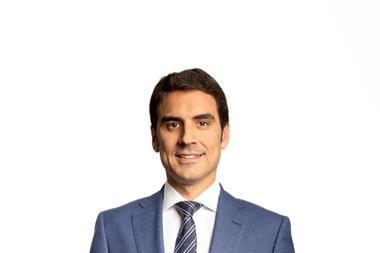GERMANY - Investors are turning to Germany's 'second-row' cities, such as university towns, as rent and price levels in major cities skyrocket, Patrizia has found in its latest residential investment compass.
Because of stable price developments and high living standards and safety standards, the major German cities such as Hamburg and Munich have attracted investors, but the limited availability of residential properties has led to a steep increase in prices and rents.
Marcus Cieleback, head of research at Patrizia Immobilien, said second-row cities offered a "similar level of stability and safety compared with top-locations, but with lower prices and rents".
Patrizia classifies second-row cities as those with more than 100,000 inhabitants, with many of them, such as Freiburg, Wiesbaden, Nürnburg, Dresden, Karlsruhe and Regensburg, being university towns.
Students moving into these cities require housing, which is limited because of the very low construction rate over the last years all over Germany.
"While rents in 'second-row' cities have been steadily increasing since the first quarter 2010, those in the top seven cities are only increasing slowly on a very high level," added Cieleback.
Another factor that will lead to price increases in second-row cities in the coming years is population growth, which is above those in major cities.
Munich is still the fastest growing German city, with a population growth of 8% over the last seven years.
But right behind it are second-row cities such as Dresden (7%), Freiburg (5.5%), Regensburg (5%) and Leipzig (4.5%) - major cities such as Frankfurt, Köln, Hamburg, Düsseldorf and Berlin are growing more slowly.
In other news, German reporting specialist IMC has been mandated with the indirect real estate investment reporting for the church-fund Evangelische Stiftung Pflege Schönau.
The fund, which does not disclose the amount of assets under management, was established to manage the real estate holdings of the Protestant church in the German region of Baden.
It is 100% invested in real estate and "diversified across all asset classes" in that sector, according to Ingo Strugalla, head of the foundation running the fund.
"The importance of indirect real estate investments in our portfolio has increased over the last year, and, therefore, we need suitable instruments, which are meeting our requirements of increased risk control," he added.
Strugalla noted this was the first time the reporting had been outsourced and that the option had been cheaper than building reporting expertise in-house.












